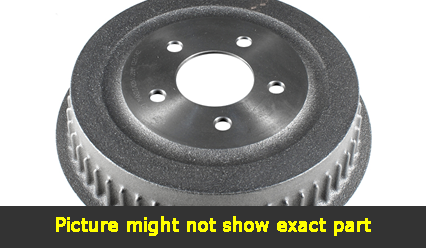2012 Dodge Attitude Brake Rotors and Pads
Click here to search another vehicle
All Rotors:
OEM x
Coated x
Drilled, Slotted and Coated x
Front x
Rear x
All Pads:
Ceramic x
Semi-metallic x
Front x
Rear x
Found 5 record
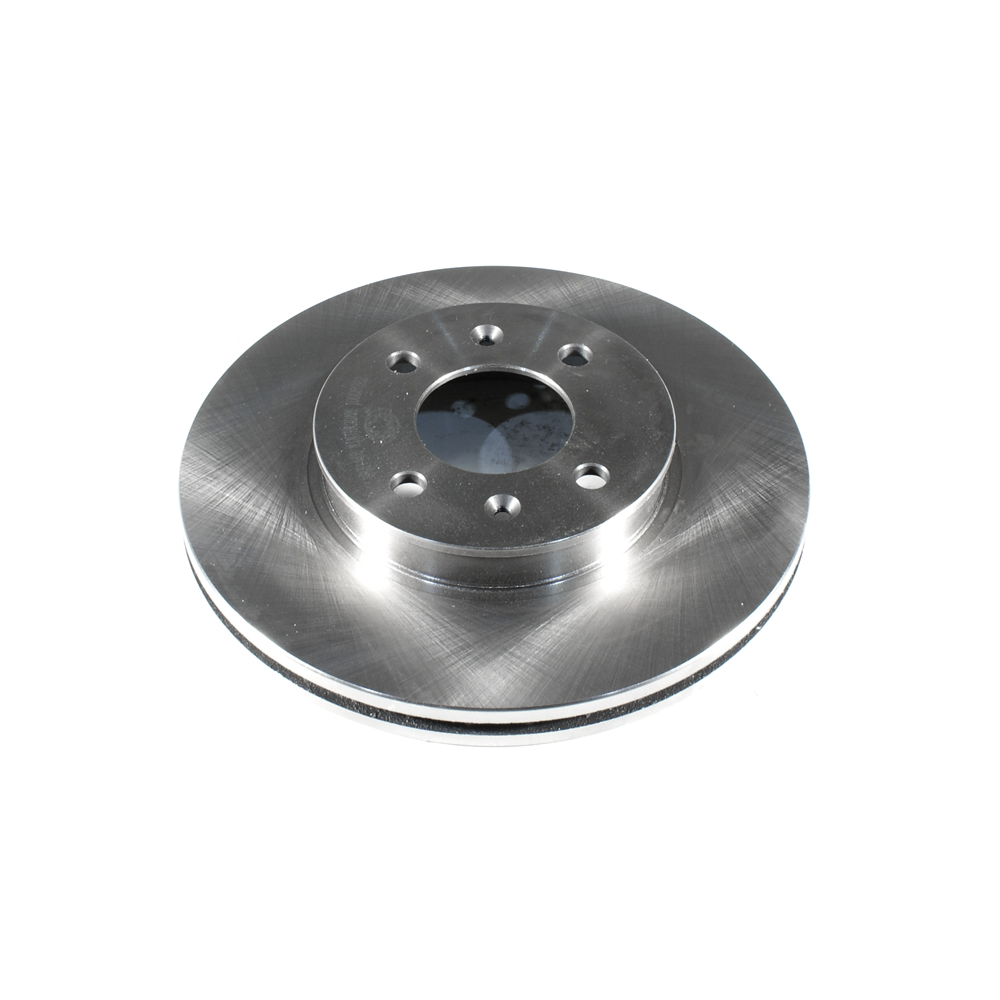
Part No: BR31432
Raybestos: 980452
OE: 517121G000
Raybestos: 980452
OE: 517121G000
$31.46 each
Per Car QTY: 2
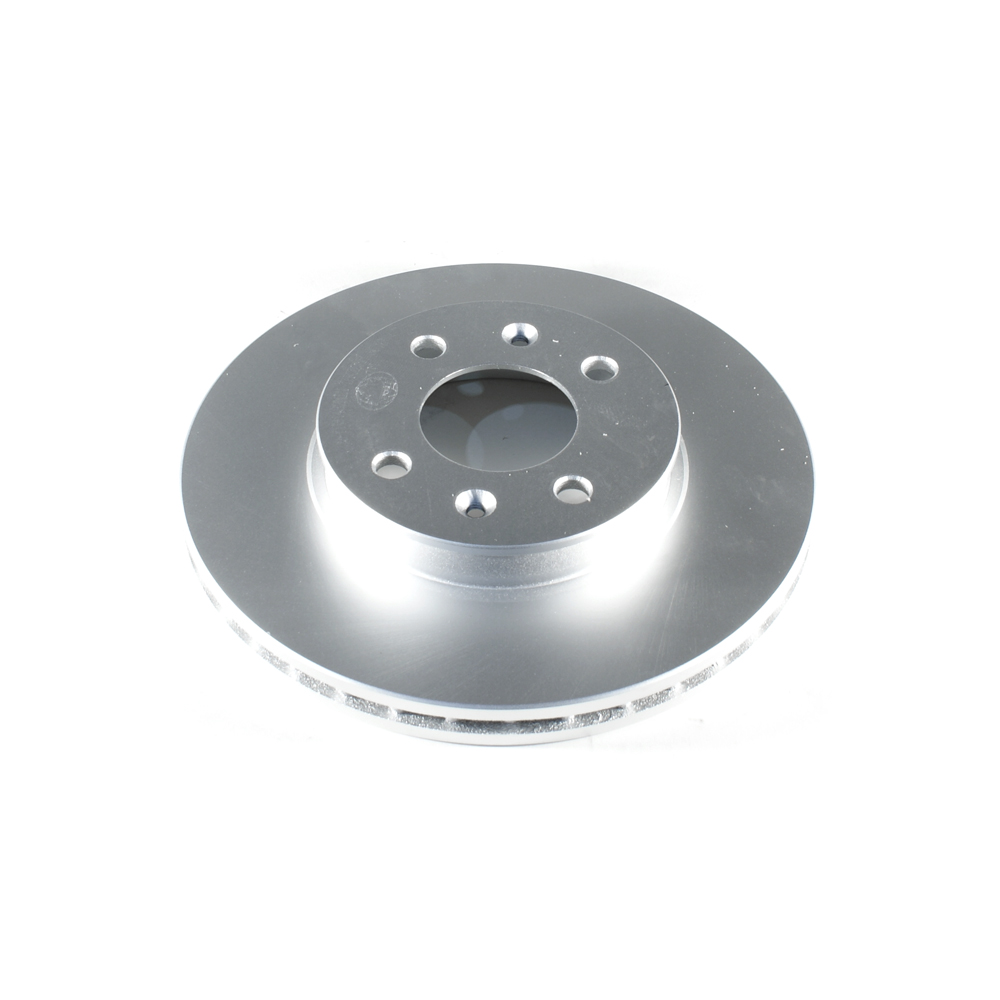
Part No: PP31432
Raybestos: 980452
OE: 517121G000
Raybestos: 980452
OE: 517121G000
$42.28 each
Per Car QTY: 2
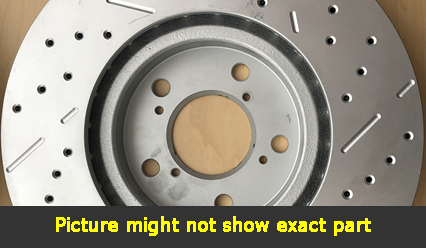
Part No: SP31432L
Raybestos: 980452
OE: 517121G000
Raybestos: 980452
OE: 517121G000
$74.68 each
Per Car QTY: 1
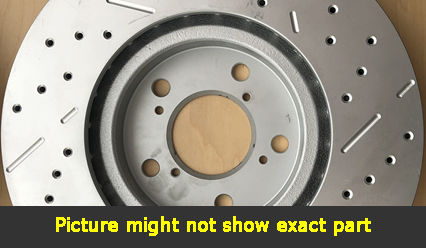
Part No: SP31432R
Raybestos: 980452
OE: 517121G000
Raybestos: 980452
OE: 517121G000
$74.68 each
Per Car QTY: 1
When it comes to choosing brakes for your 2012 Dodge Attitude, it's important to prioritize safety, reliability, and performance. The braking system plays a crucial role in the overall functioning of your vehicle, so selecting the right brake components is essential. Here are some factors to consider when choosing brakes for your Dodge Attitude:
1. Brake Pad Material: One of the first considerations when selecting brakes is the material used in the brake pads. There are three common types: organic, semi-metallic, and ceramic. Organic brake pads are quiet and produce less dust, but they may wear out faster. Semi-metallic brake pads offer better heat dissipation and durability, but they can be noisier and produce more brake dust. Ceramic brake pads provide excellent stopping power, produce minimal noise and dust, but they can be more expensive.
2. Driving Habits: Assessing your driving habits is crucial in selecting the right brakes. If you commute in heavy traffic or frequently drive on hilly terrains, you may benefit from brakes that offer strong and consistent stopping power. On the other hand, if you drive primarily in urban areas with less traffic, standard brakes may suffice.
3. OEM vs. Aftermarket: Original Equipment Manufacturer (OEM) brakes are manufactured by the same company that built your vehicle and are designed to match its specifications. These brakes offer reliability and are a safe choice, ensuring compatibility and performance. However, aftermarket options can provide more variety, often offering better performance, longer lifespan, and reduced brake fade. It's important to research and choose a reputable aftermarket brand to ensure quality.
4. Brake Rotor Design: The brake rotors should also receive your attention. There are two main types: drilled and slotted. Drilled rotors have holes drilled into them to dissipate heat, improve grip, and reduce gas build-up on the pads. Slotted rotors have slots carved into them, which aid in heat dissipation and cleaning the brake pads to improve performance. Both designs offer better performance and longevity compared to standard rotors, but they can be noisier and more prone to developing cracks.
5. Budget: Setting a budget is an important consideration in brake selection. While you don't want to compromise on safety, it's crucial to find a balance between quality and affordability. Compare prices from different vendors to find the best deal while prioritizing quality components that meet your performance requirements.
6. Seek Professional Advice: If you're unsure about which brakes to choose for your 2012 Dodge Attitude, consult a professional mechanic or a reputable automotive service center. They can provide guidance based on your driving habits and specific requirements. Additionally, they can recommend the most suitable braking system and ensure a proper installation to guarantee optimal performance and safety.
In conclusion, choosing the right brakes for your 2012 Dodge Attitude is crucial for your safety on the road. Consider factors such as brake pad material, driving habits, OEM vs. aftermarket, brake rotor design, and your budget. Seeking professional advice can also help you make an informed decision. Remember, investing in high-quality brakes will not only enhance your driving experience but also provide you with peace of mind.
1. Brake Pad Material: One of the first considerations when selecting brakes is the material used in the brake pads. There are three common types: organic, semi-metallic, and ceramic. Organic brake pads are quiet and produce less dust, but they may wear out faster. Semi-metallic brake pads offer better heat dissipation and durability, but they can be noisier and produce more brake dust. Ceramic brake pads provide excellent stopping power, produce minimal noise and dust, but they can be more expensive.
2. Driving Habits: Assessing your driving habits is crucial in selecting the right brakes. If you commute in heavy traffic or frequently drive on hilly terrains, you may benefit from brakes that offer strong and consistent stopping power. On the other hand, if you drive primarily in urban areas with less traffic, standard brakes may suffice.
3. OEM vs. Aftermarket: Original Equipment Manufacturer (OEM) brakes are manufactured by the same company that built your vehicle and are designed to match its specifications. These brakes offer reliability and are a safe choice, ensuring compatibility and performance. However, aftermarket options can provide more variety, often offering better performance, longer lifespan, and reduced brake fade. It's important to research and choose a reputable aftermarket brand to ensure quality.
4. Brake Rotor Design: The brake rotors should also receive your attention. There are two main types: drilled and slotted. Drilled rotors have holes drilled into them to dissipate heat, improve grip, and reduce gas build-up on the pads. Slotted rotors have slots carved into them, which aid in heat dissipation and cleaning the brake pads to improve performance. Both designs offer better performance and longevity compared to standard rotors, but they can be noisier and more prone to developing cracks.
5. Budget: Setting a budget is an important consideration in brake selection. While you don't want to compromise on safety, it's crucial to find a balance between quality and affordability. Compare prices from different vendors to find the best deal while prioritizing quality components that meet your performance requirements.
6. Seek Professional Advice: If you're unsure about which brakes to choose for your 2012 Dodge Attitude, consult a professional mechanic or a reputable automotive service center. They can provide guidance based on your driving habits and specific requirements. Additionally, they can recommend the most suitable braking system and ensure a proper installation to guarantee optimal performance and safety.
In conclusion, choosing the right brakes for your 2012 Dodge Attitude is crucial for your safety on the road. Consider factors such as brake pad material, driving habits, OEM vs. aftermarket, brake rotor design, and your budget. Seeking professional advice can also help you make an informed decision. Remember, investing in high-quality brakes will not only enhance your driving experience but also provide you with peace of mind.



